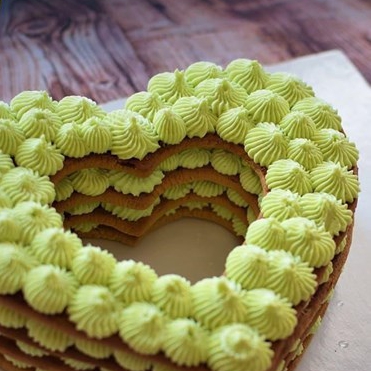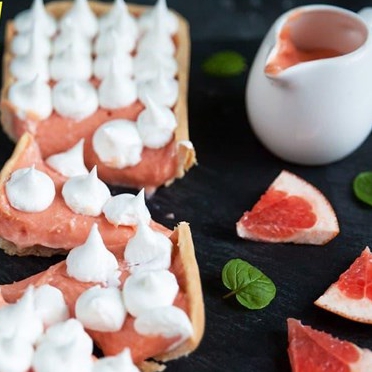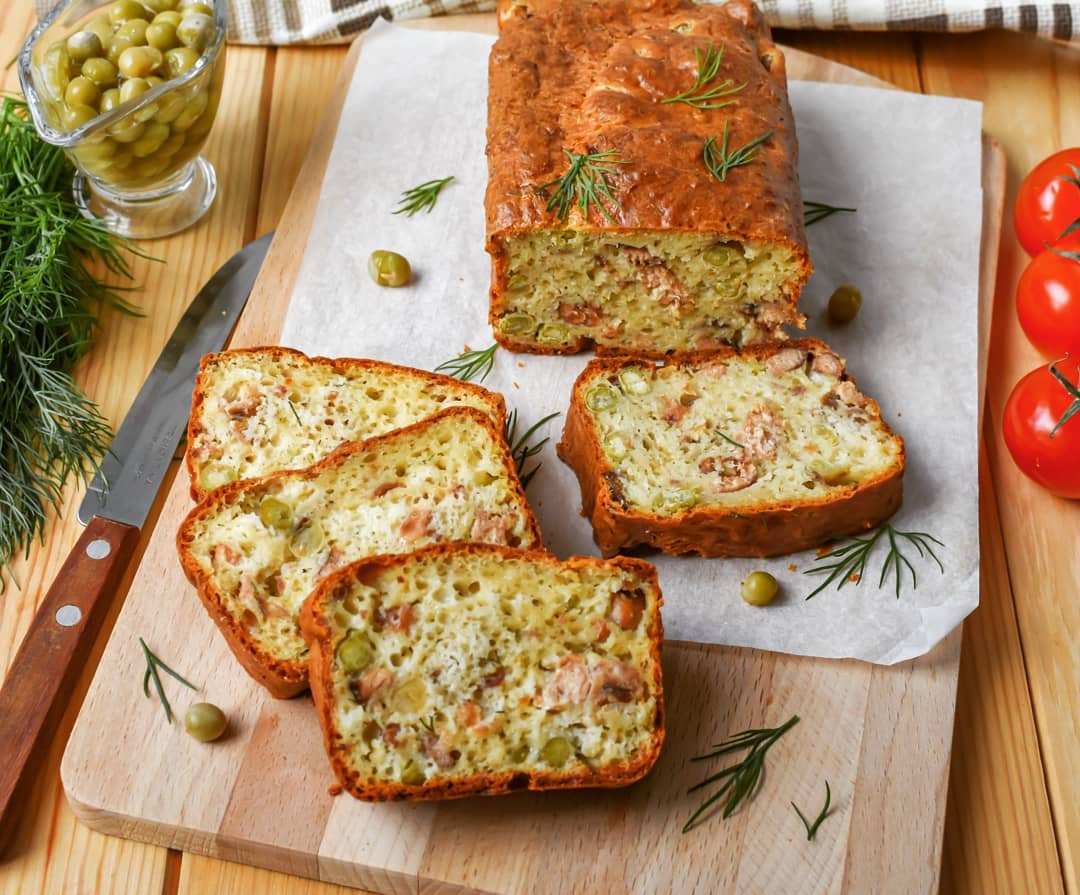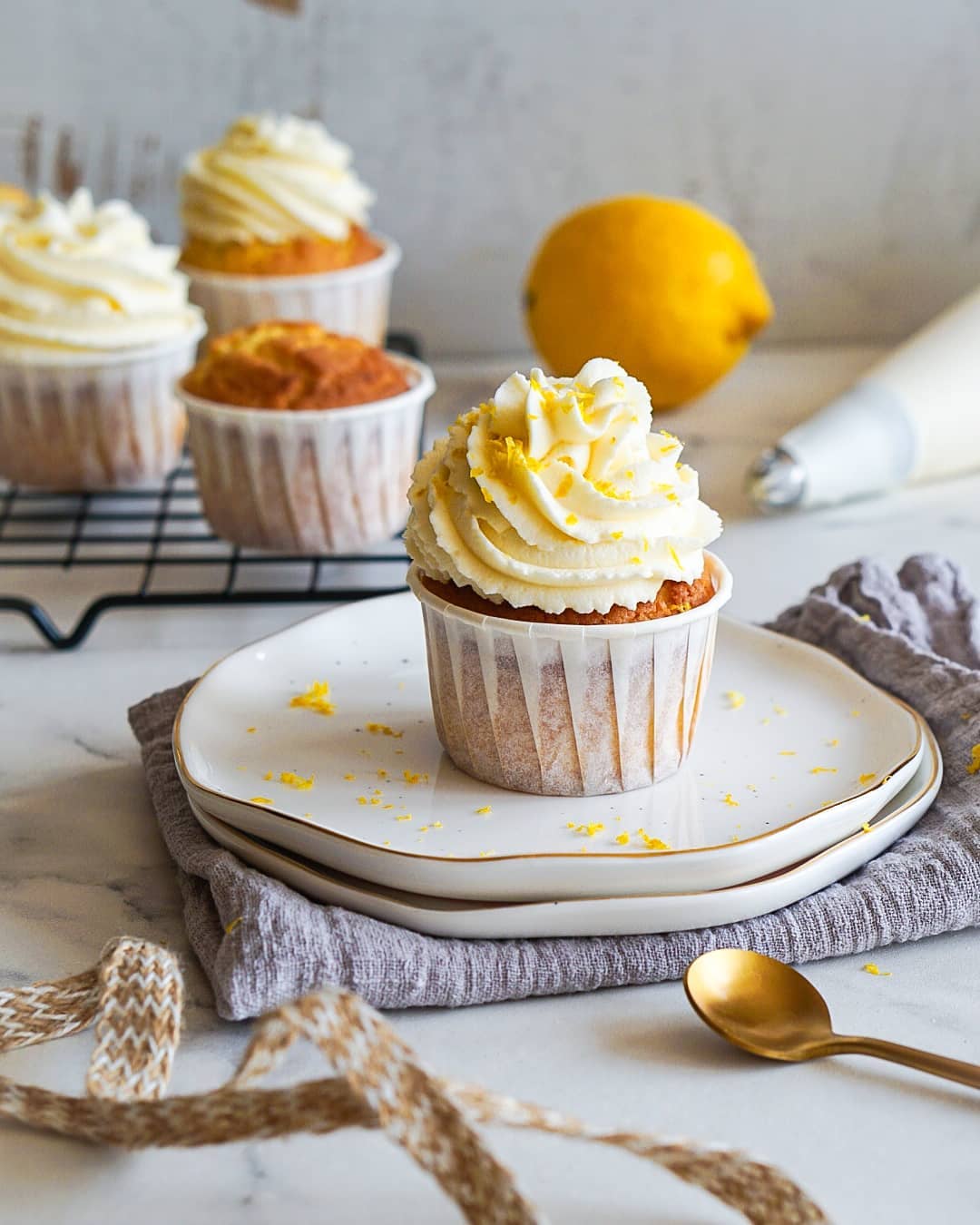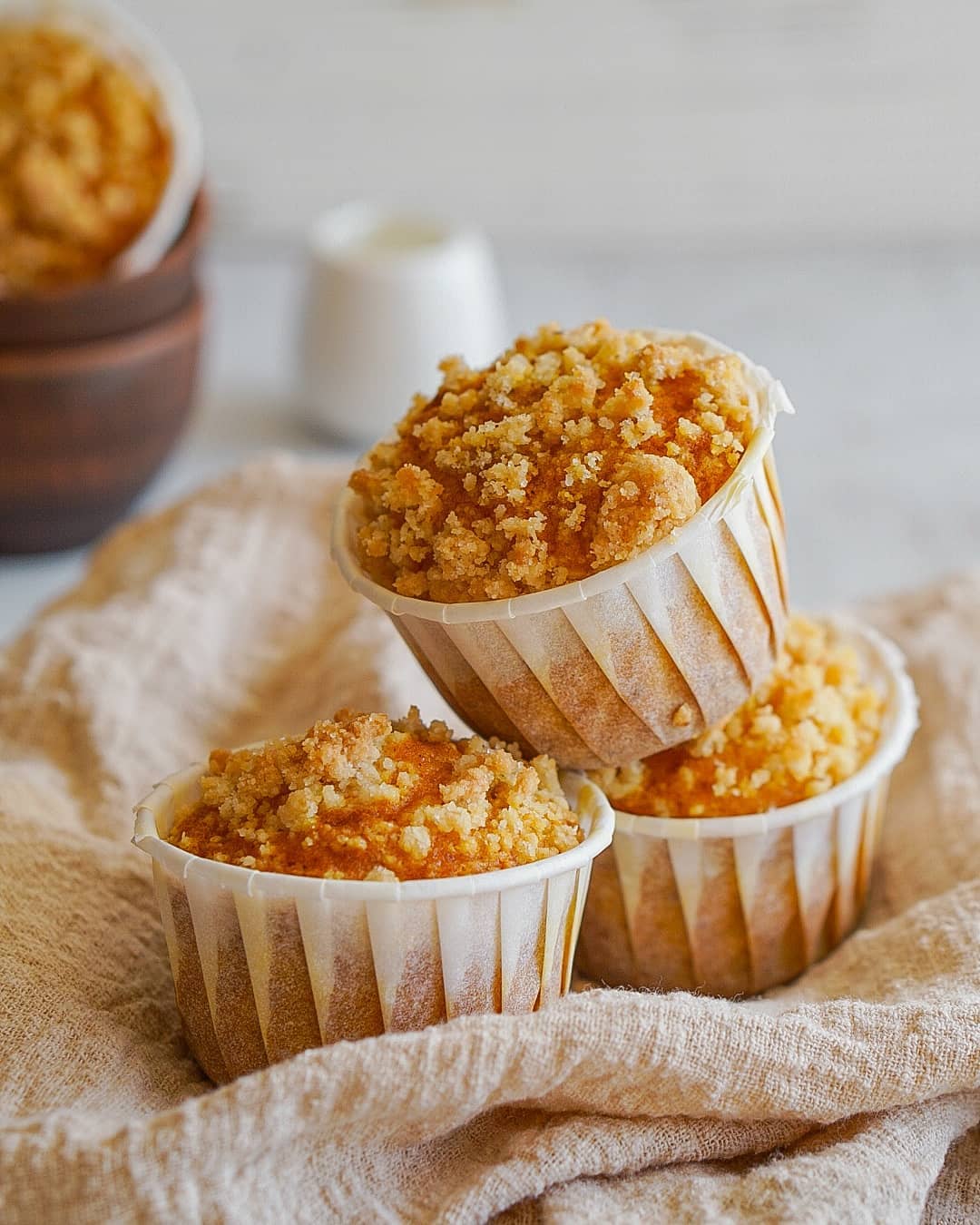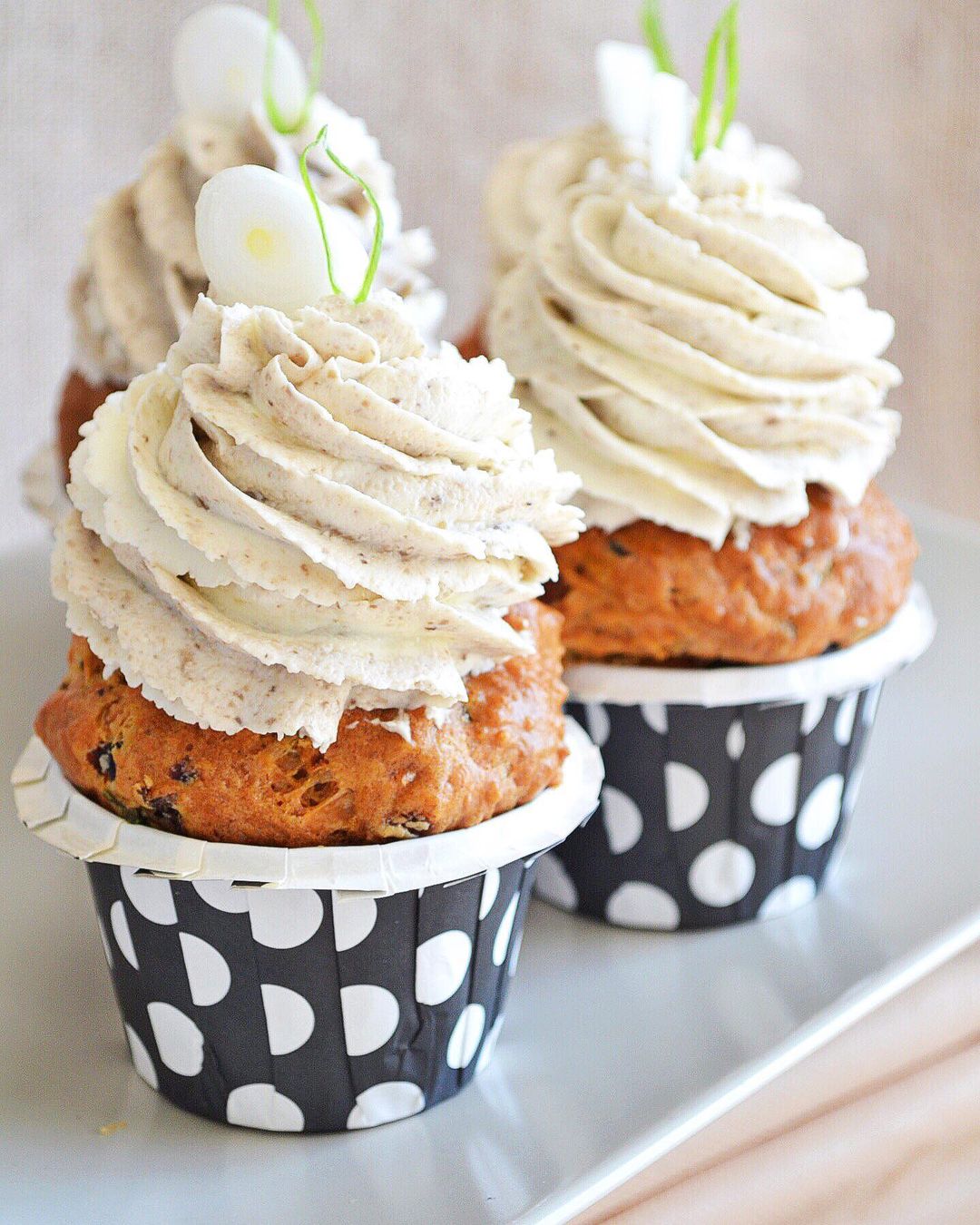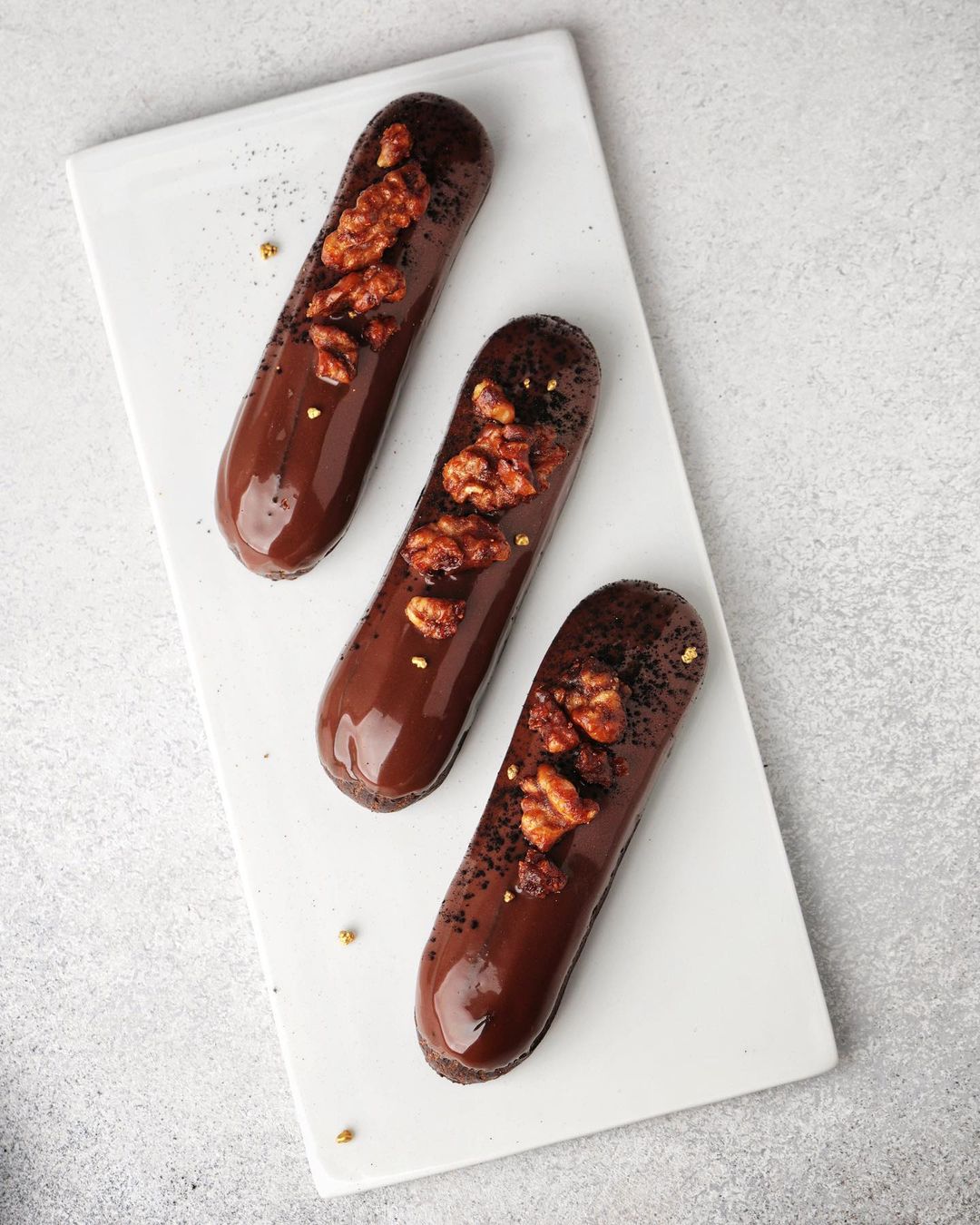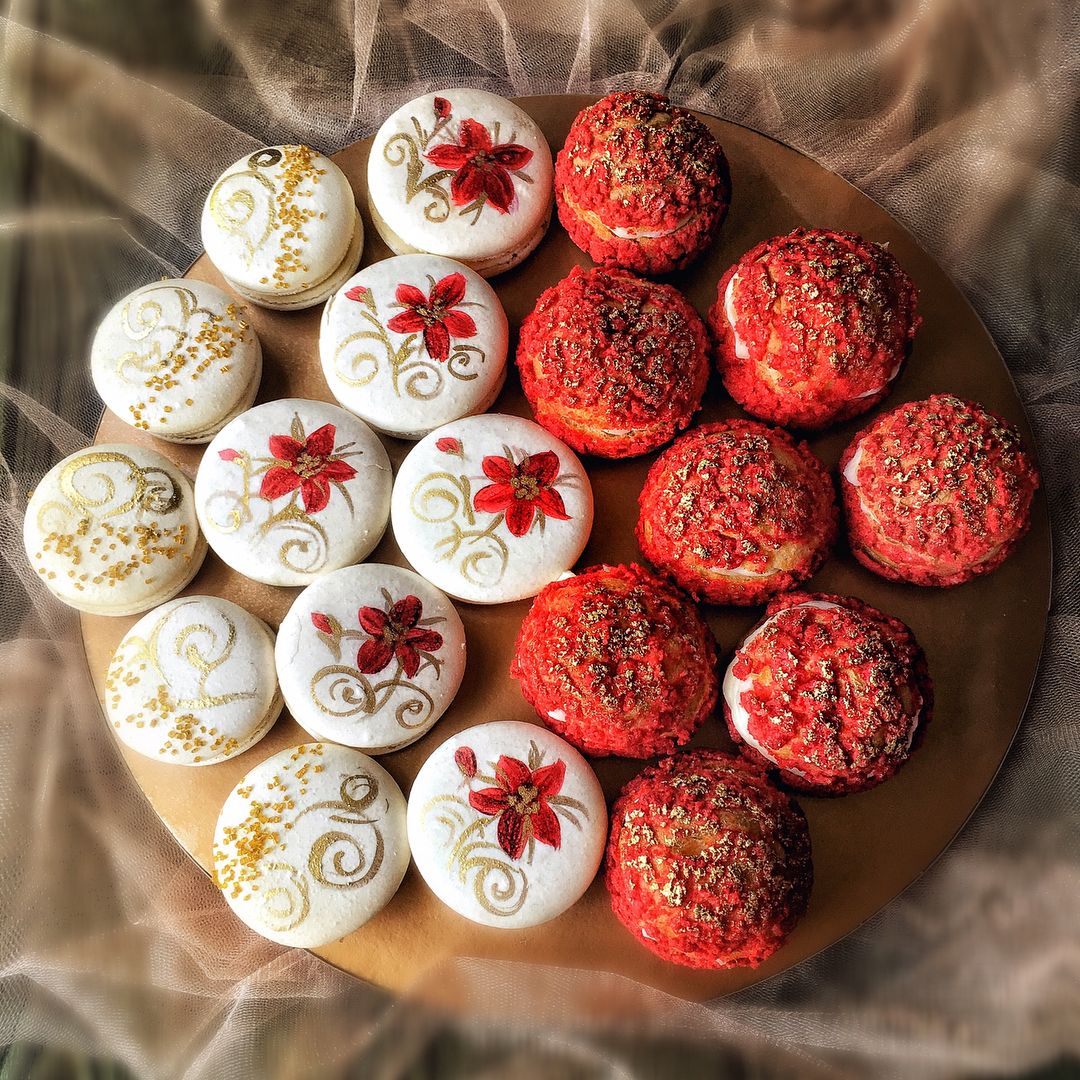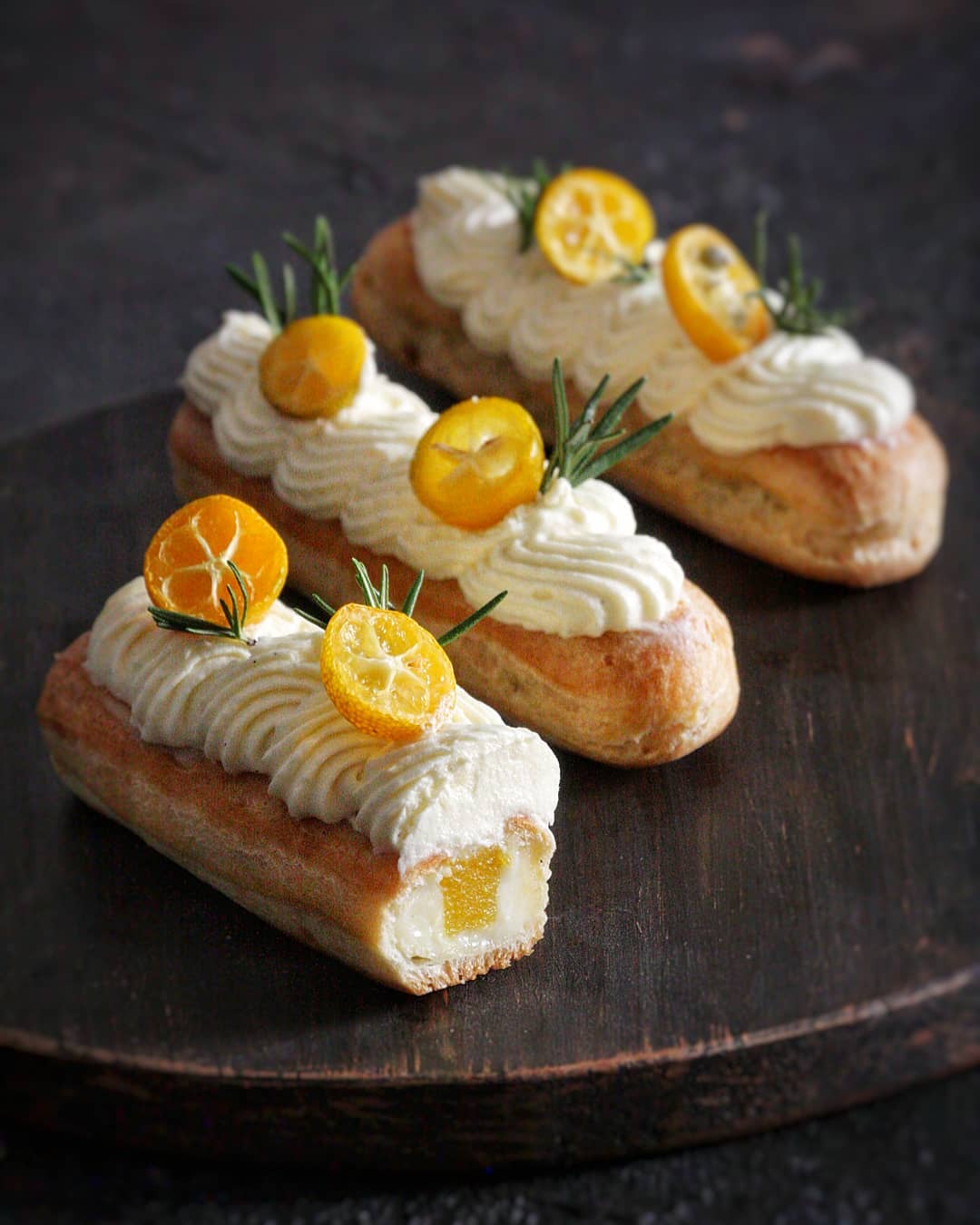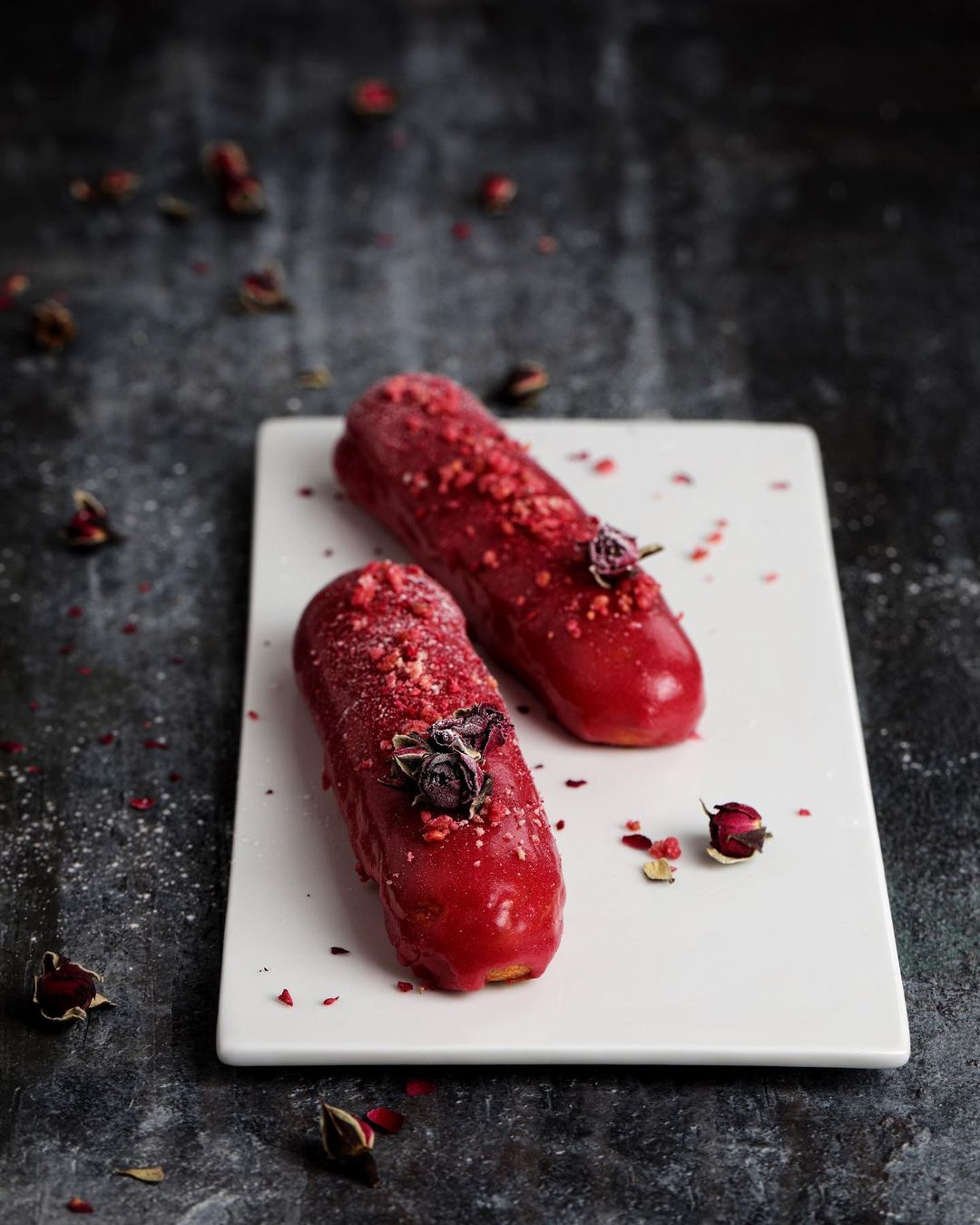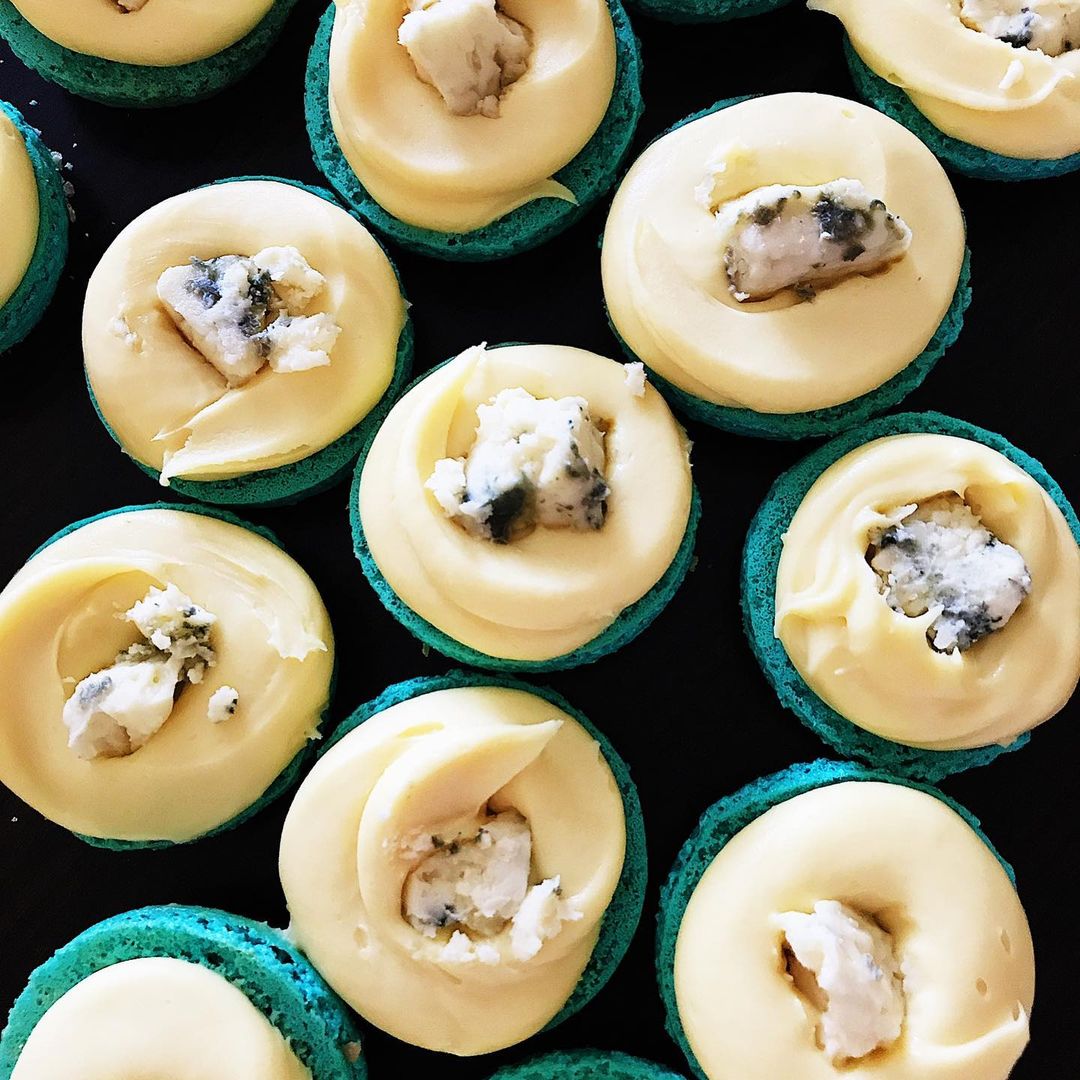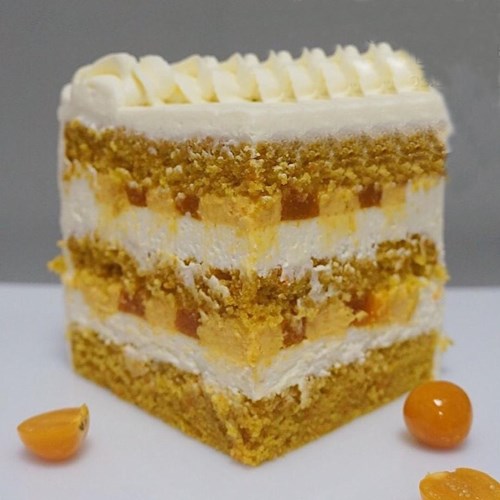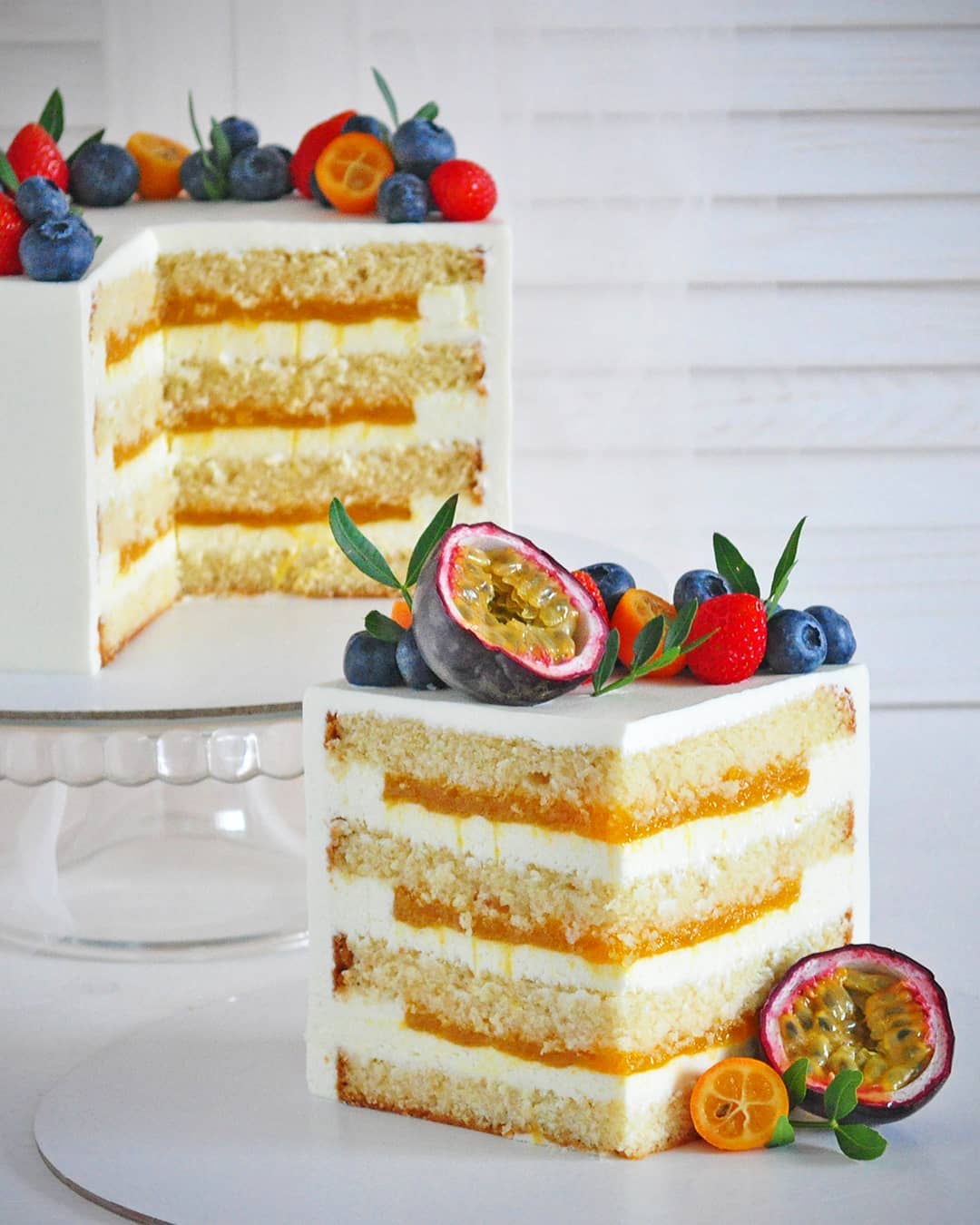Ingredients
Lemon custard
Instructions
Step 1
Step 2
Step 3
Step 4
Step 5
Step 6
Step 7
Step 8
Step 9
Step 10
Step 11
Step 12
Step 13
Step 14
Servings
Equipment
Use various sizes to separate your ingredients efficiently.
A fine grater is best for getting the zest without the bitter white pith.
Great for mashing bananas to a smooth consistency.
An essential tool for blending ingredients to a light and airy texture.
Helps to strain out large zest pieces for a smooth custard.
Use a small saucepan to heat the mixture gradually and prevent burning.
Variations
Faq
- Why did my custard turn out lumpy?
Make sure to keep stirring continuously when heating the mixture and use a sieve to strain out larger pieces.
- Can I use bottled lemon juice?
Fresh lemon juice is highly recommended for the best flavor, but bottled can be used in a pinch.
- How do I store leftover custard?
Store in an airtight container in the fridge for up to one week.
- Can I freeze this custard?
Yes, you can freeze it, but the texture might change slightly. Thaw in the refrigerator before using.
- Why did my custard not thicken?
It might be due to insufficient heating. Make sure to keep the mixture on low heat until it thickens.
- How can I make the custard more colorful?
Add food coloring, but go easy—sometimes less is more to keep that natural, appetizing look.

